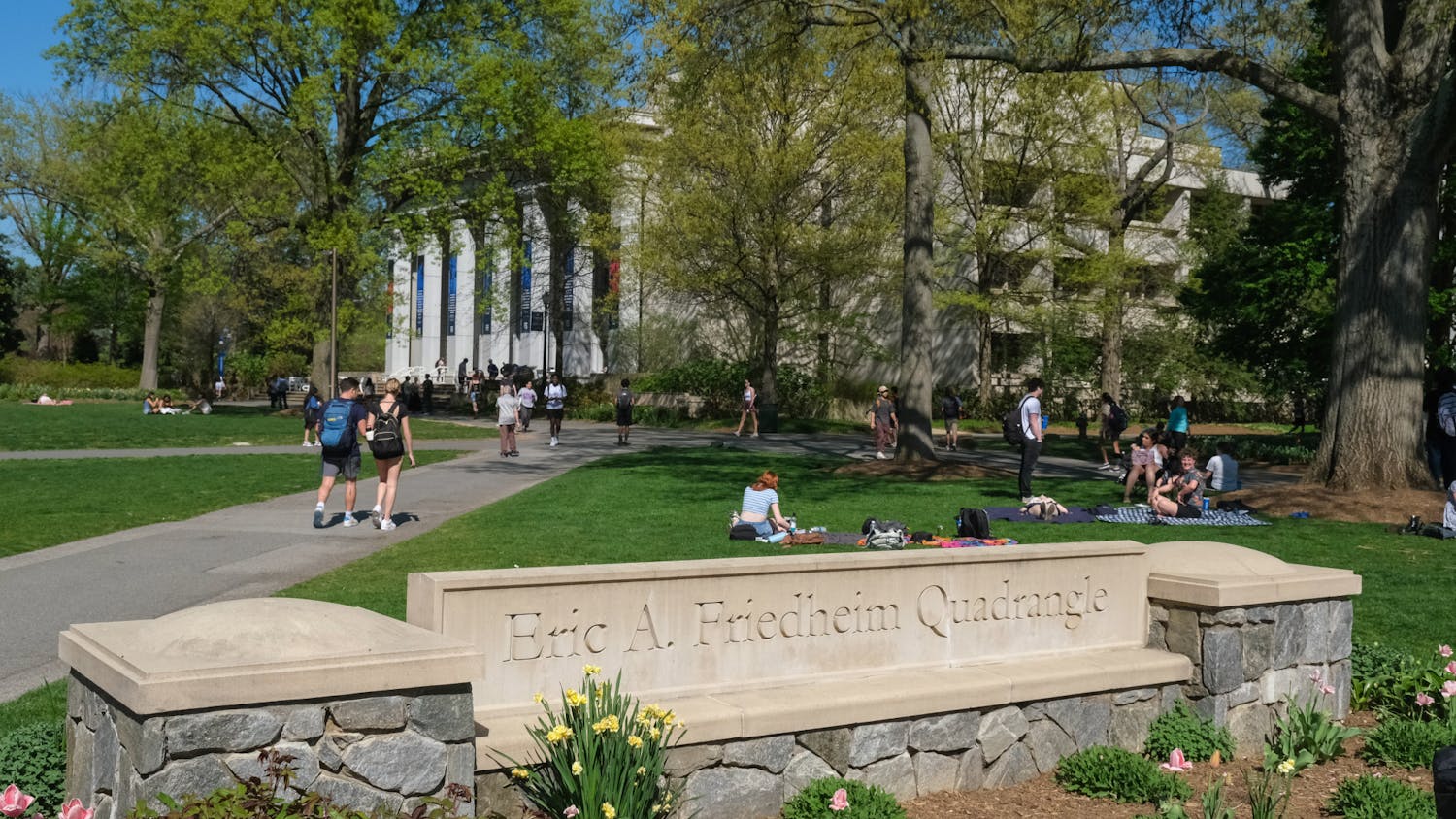Student debt is a women’s issue. Everyone -- men, women, policymakers, students and universities -- needs to take it seriously.
According to the AAUW's recent report, Deeper in Debt, 44 million borrowers in the U.S. hold about $1.3 trillion in outstanding student loans. One survey said that “the average Class of 2016 graduate has $37,172 in student loan debt, up six percent from last year.” Yet women hold nearly two-thirds of this outstanding student debt (more than $800 billion) and take longer than men to pay it off.
Why are women holding more debt than men? On some level, it makes sense that women would, considering women are 56 percent of all college graduates in the U.S. But though women are the majority of graduates, the amount of student debt they are holding is still disproportionate.
Additionally, adult college women likely have fewer resources at their disposal than adult men. Women are typically paid less, which pushes them to borrow more. On average, women take on initial student loan balances that are 14 percent higher than those of men.
Women also face other financial challenges as they pursue their degrees. For example, some women need to pay for childcare, pushing up their loan balances. One study found that parents make up about 26 percent of college students, and women account for about 71 percent of those college parents.
Next, by the time women graduate, their loan balances are an average of $1,500 higher than male graduates. Post-grad life also poses unique challenges for women. Women graduates are also statistically more likely to end up in lower paying fields than men and earn less than their male colleagues in the same job or field. This brings us to the wage gap.
An AAUW report published in 2017 breaks down the wage gap as such: All women make 80 percent of a white man’s dollar. Hispanic women make 54 percent. Black women make 63 percent. Native women make 58 percent. Asian women make 85 percent. Across all represented races, not one earns the same as her white male counterparts.
This means that women will then take longer to repay their loans. A 2017 Fortune survey found that within four years of graduation men paid off an average of 38 percent of their outstanding debt, while women paid off 31 percent. Women take, on average, two years longer to repay their debt.
Pause. Take a deep breath. Because while this data can seem (and let’s be honest: is) very overwhelming, there are steps that we all can take -- men and women -- to fight this trend.
First, policymakers -- and those who pressure them -- can protect Pell grants and ensure that they work for all students. Receiving financial aid is often a crucial link between how much debt a student has to take on.
Policymakers must also continue to support repayment approaches that reflect borrowers’ realities. Income-driven repayment plans are crucial for women to manage their debt since these plans allow struggling borrowers to customize loan repayments to reflect their economic circumstances.
Lastly, we need to address additional costs and barriers students face beyond tuition. Policy makers, universities and students must enact policies that make childcare more affordable for student parents and eliminate the wage gap. Institutions must also do a better job of providing financial aid guidance and preparing students for their careers.
The complicated ties between student debt and women poses a situation that those in positions of power might prefer to avoid. But, it is of utmost importance that we confront this issue head on. By speaking out and pushing for policy changes, student loan debt can become less of a burden for women.
This story was originally published in the Oct. 20 print edition of The Eagle.





